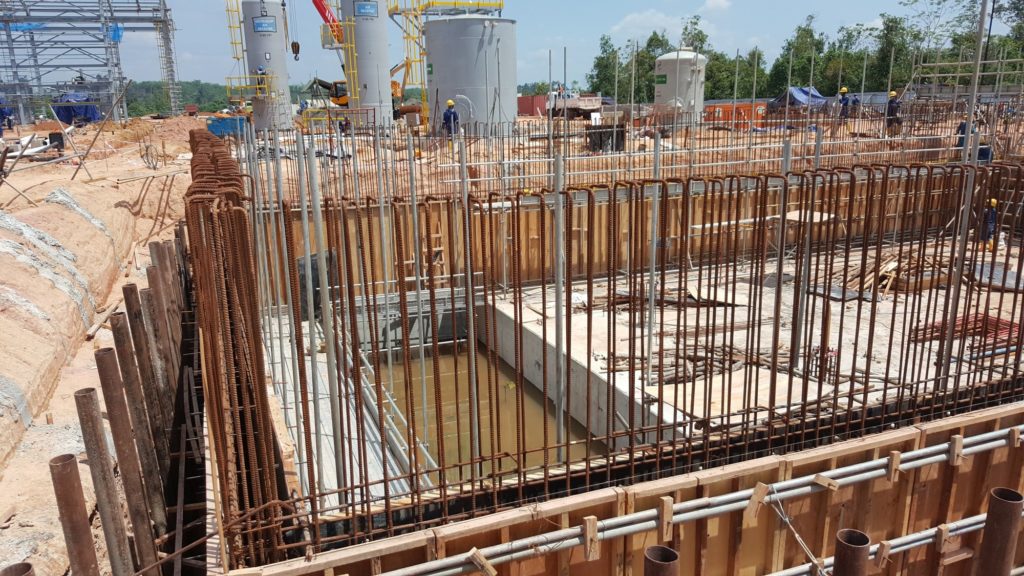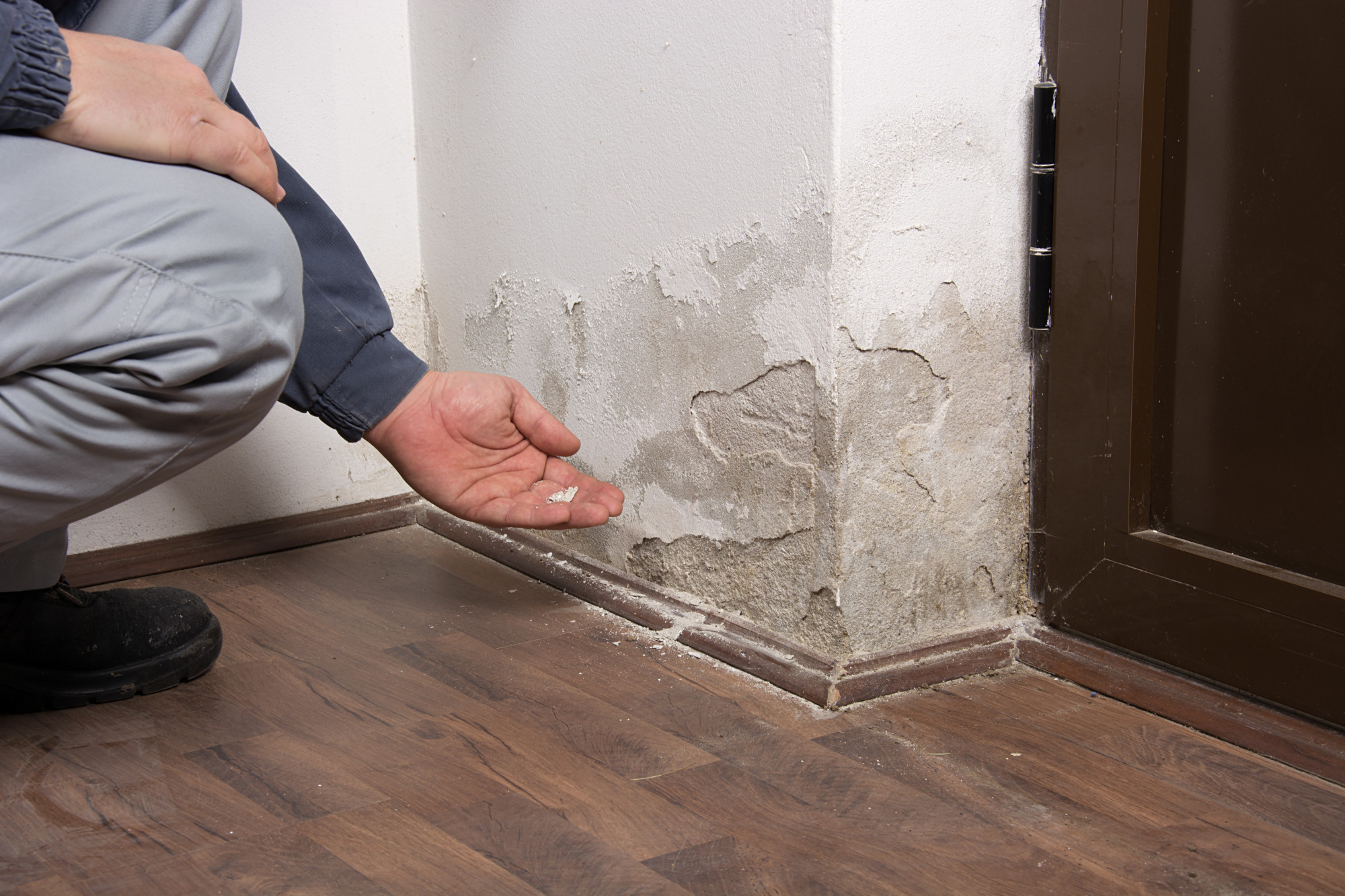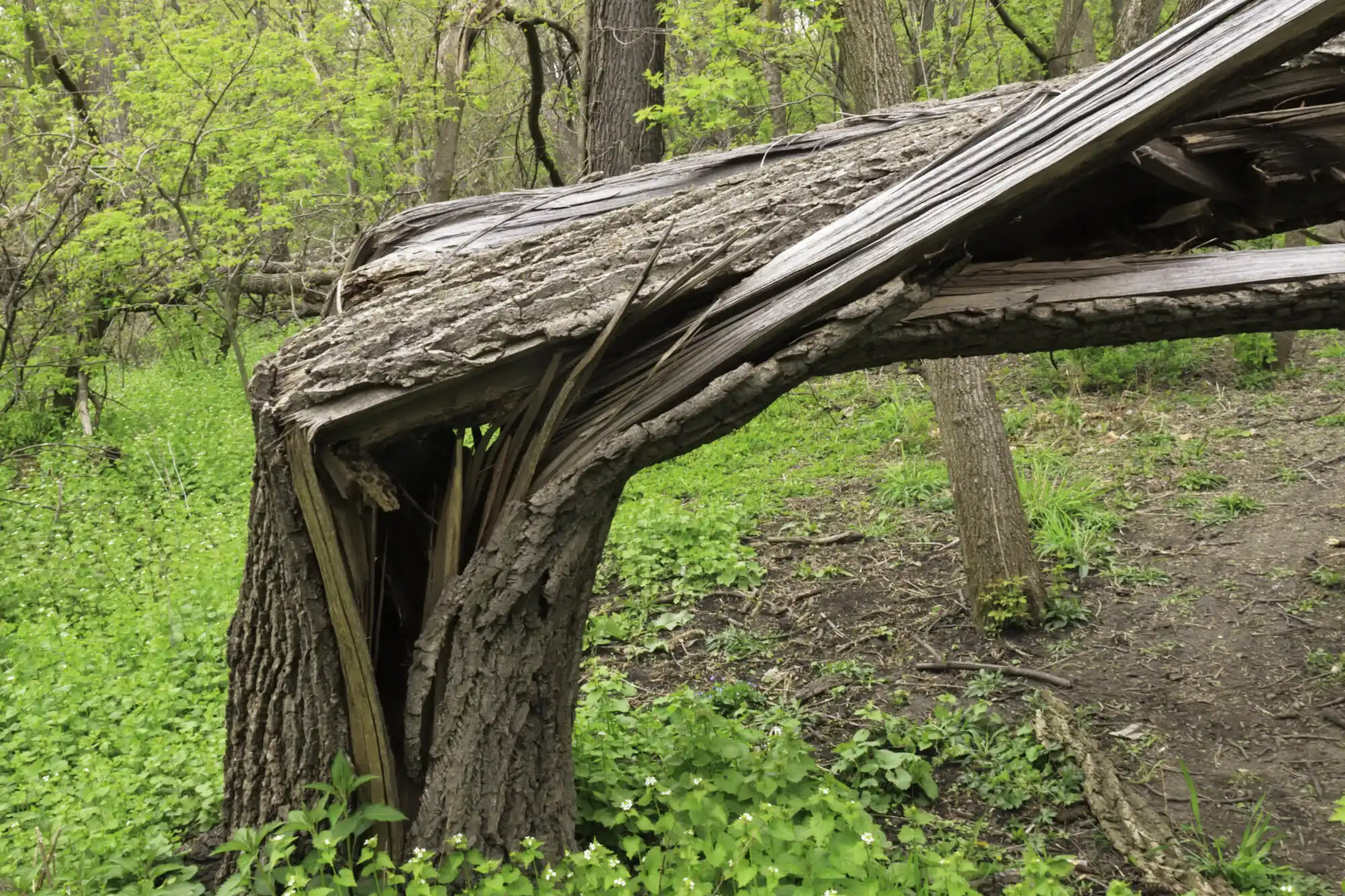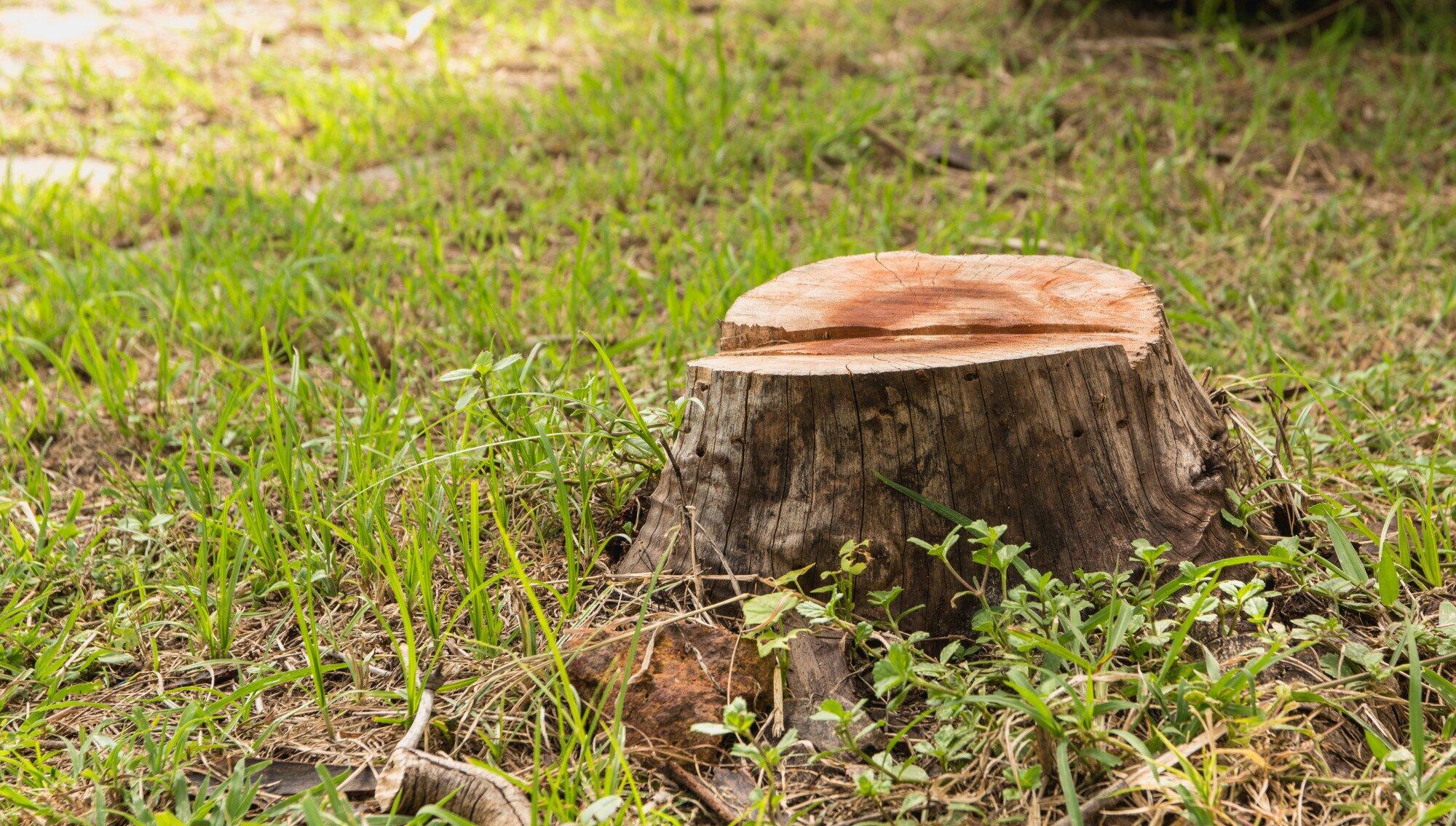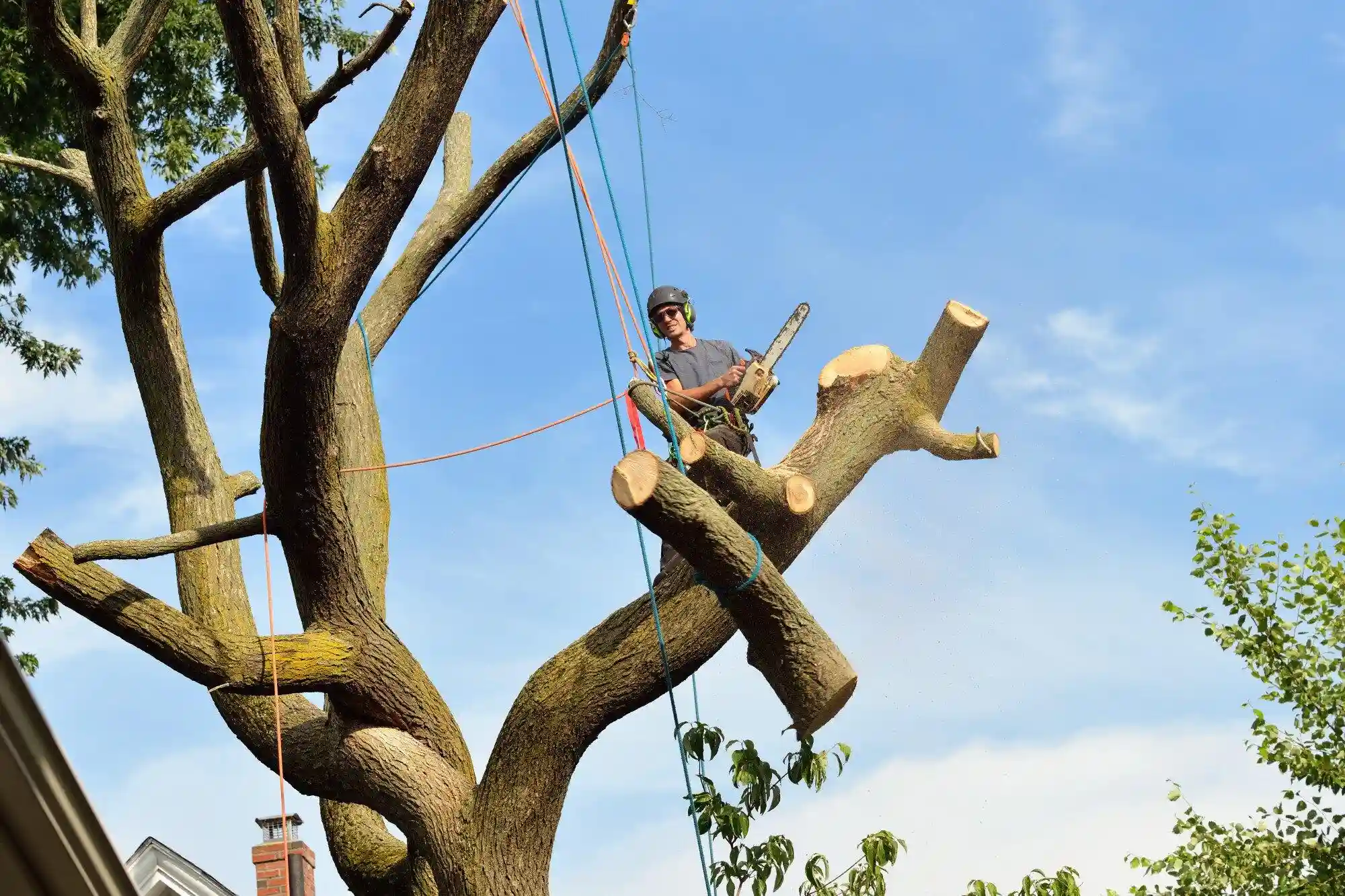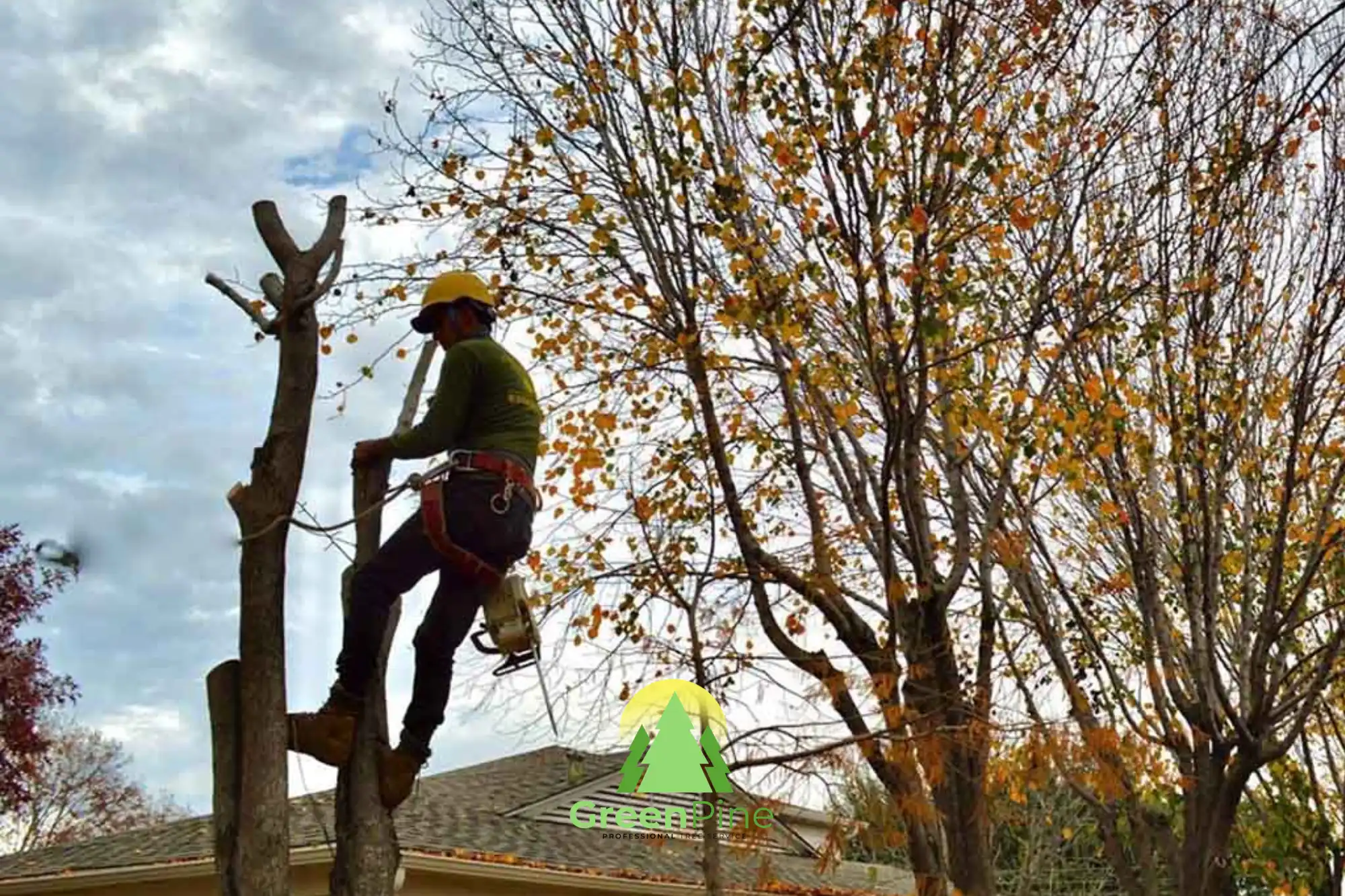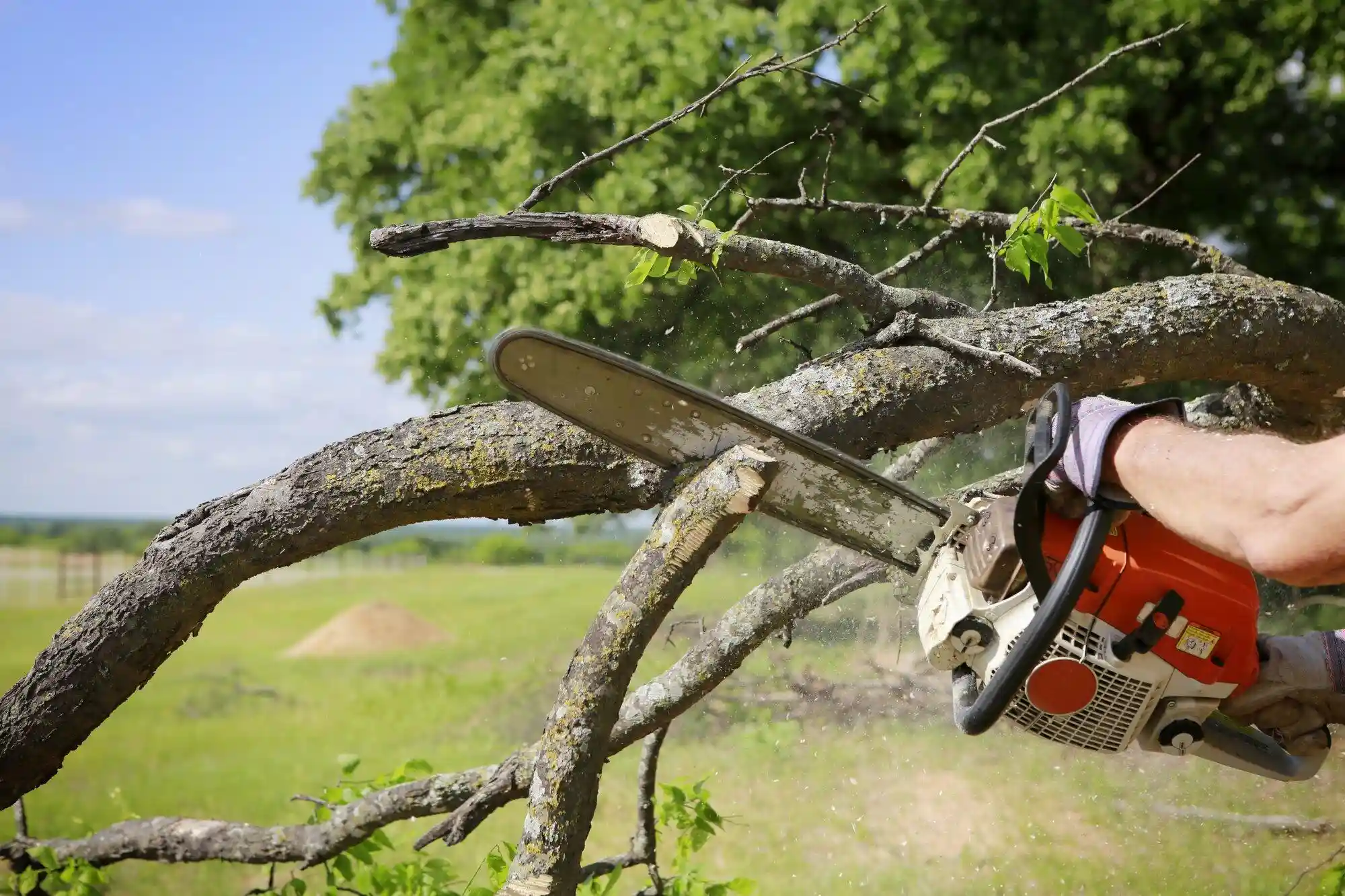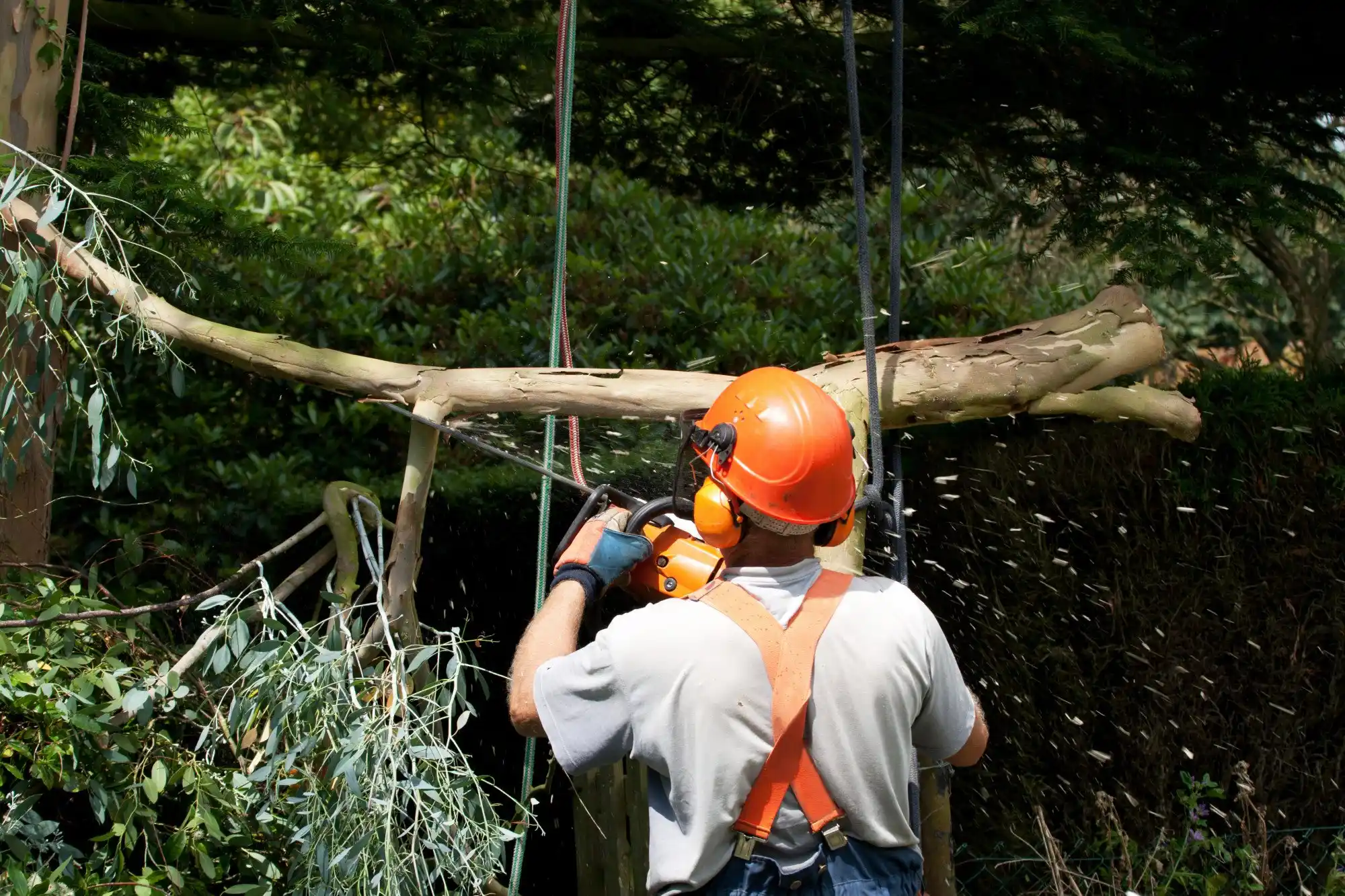Every building requires a solid foundation to keep it stable and secure. The average home weighs 50 tons, which means it relies on having a quality foundation to keep its structural integrity intact.
Whether you’re building a new home or concerned about your home’s current foundation, it’s important to understand more about this vital part of the construction.
Read on to learn more about some of the different types of foundations, and which types should be used for various scenarios.
Concrete Slab Foundations
A concrete slab foundation is exactly what the name implies. This type of foundation consists of a thick slab of concrete that the home rests on top of.
Concrete slabs are ideal for use in climates where the temperatures don’t freeze often. Stable temperatures and ground that doesn’t freeze should keep the concrete in good condition.
Choosing these types of foundations is a good option if you’re concerned about issues like termite infestations. The absence of wood makes them less appealing to pesky pests.
Although a concrete slab foundation is solid, that doesn’t mean that it won’t have issues. Over time, the concrete expands and contracts. This can lead to cracking and instability that requires attention and repair.
It’s important to make sure that the home is graded correctly, so water moves away from the foundation. Overall, this is one of the best options thanks to the low maintenance design.
Types of Foundations: Pier and Beam
Pier and beam foundations provide homeowners with room for a crawlspace. This allows easier access to things like the home’s plumbing and electrical systems. Most of these types of homes are elevated a few feet from the ground.
Since choosing this type of foundation helps to elevate the home, it’s a smart choice for those living in coastal areas. A slight elevation may help to prevent flooding and water damage. These foundations make it easier than concrete slabs to perform household repairs thanks to better accessibility.
The concrete pier must be anchored securely into the ground during the construction phase. Once the piers are secure, wood beams are then attached to create the structure’s foundation.
If you live on a slope or hill, pier and beam foundations are a great option. The ability to be flexible in terms of height makes them a smart way to build on uneven ground.
However, if your home should be built above the frost line, it might not be the right choice. Areas with a cold climate require more stable foundations to prevent the home from shifting.
A structural engineer is recommended to ensure that the ground is stable. Soil should be compact and have high plasticity to keep the piers securely in place without shifting.
Basement Foundations
A basement foundation provides homes with more usable square footage. These foundations should have ceilings with at least seven feet of clearance.
A full basement foundation has structural walls, but there are no windows. A daylight basement is built on a slope with some areas exposed above ground. This allows for windows to let some natural light inside.
You can choose between a finished or an unfinished basement foundation. Either way, they provide additional space and room to store items like water heaters, washers, and dryers.
Foundation companies like FCS build basements with poured concrete walls. This helps to reduce moisture issues and ensures better structural integrity.
There are many benefits to these types of foundations. Most importantly, you’ll have more usable space and easier access to make various household repairs. A basement also makes an excellent shelter during a natural disaster, too.
If you live in a low-lying area or near water, always make sure that your basement is protected from flooding. A sump pump may be needed to keep your basement foundation dry.
Wood Foundations
A wood foundation is inexpensive and easy to install. Mostly found in the northern areas of the country, these foundations consist of sections made of pressure-treated wood. Pressure-treated wood was developed in the 1960s and quickly became a popular choice for builders.
The wood is laid in rows to support the weight of the structure. Some wood foundations are laid on top of concrete slabs to provide a small crawlspace.
If you have a wood foundation, it’s important to make sure that the ground around it remains as dry as possible. Exposure to moisture over time can cause wood to rot, even if it’s pressure-treated lumber.
While wood is a good option if you’re on a budget, it’s not always ideal. This material can be vulnerable to things like pests and moisture damage, even if you live in a colder part of the country.
Older homes may require foundation repair, especially if the structure has a wood foundation. Before you purchase a home, it’s always a good idea to look at the foundation repair cost as part of your home maintenance plan.
Choose Your Foundation Wisely
As you can see, there are many types of foundations for a home. Whether it’s made of concrete, has a basement, or rests on piers and beams, proper care is needed to keep your home structurally sound. Good maintenance will keep your home secure and stable for years to come.
At FCS Foundation and Concrete Services, we provide solutions with integrity. If you’re looking for a new foundation or need foundation repair, please be sure to contact us today to schedule a free evaluation or to find out how we can help.



